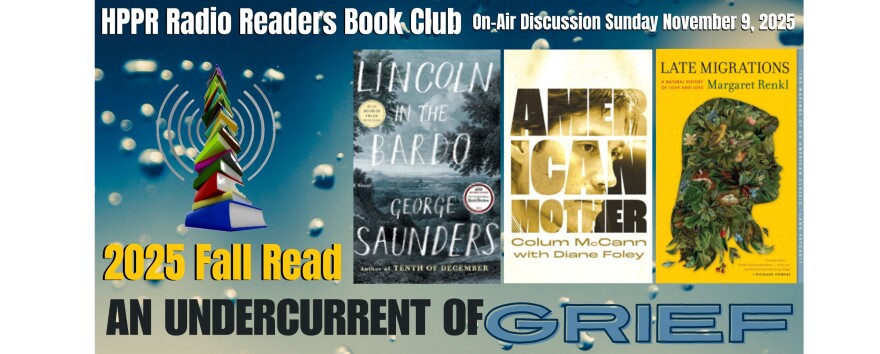Wind and Water Dominate
by Michael Grauer
Wind and water dominate every conversation in the Panhandle-Plains region. It is a hard country and humans have come and gone and crossed the Llano Estacado for millennia.
There is great irony in the region today as corporate hog farms (BAD) invaded twenty ago, to much ill will in many circles, while today massive, irrigated corn fields (GOOD), and wind farms (GOOD) have been sold on and to the dwindling number of residences in the last decades. The environmentalists who wrote screeds about corporate hog farms, today champion wind farms and corn fields but fail to mention the ecological harm on the fragile ecosystems of the region, much as the corporate hog farm representatives failed to do previously. These wind and corn salespeople are the newest species of hucksters attempting to take advantage of the “backward” and “ignorant” and often desperate people that continue to live in the region.
The name “No Man’s Land,” where they built the corporate hog farms Annie Proulx writes about in That Old Ace in the Hole, speaks directly to the reason they built the hog “farms” there in the first place, in my view. Those corporate hog conglomerates make millions off that their farms and could care less about the displaced farmers who lived there and their selfish kids.
The same thing is happening with the so-called “wind farms” and center pivot irrigated corn farms. It’s all about money, not land stewardship. The same questions should have been answered (they certainly were asked) by the hog farm corporations as should be by the wind farm and corn lobby promoters. What are the real long-term effects of all these blights on the land? What do you do with run off from these hog farms or the blades and the mechanisms and the tower components when the wind turbines wear out? What happens when the Ogallala Aquifer runs out of water?
“Nobody” lived there in “No Man’s Land.” At least nobody who mattered to these outside interests. Same was true of the Comanches. They didn’t live there, they just passed through that area. The lack of dependable water was the main reason it remained largely devoid of human settlement. A little farther north or a little farther south, things literally brightened up with more water either from the Beaver, Cimarron, or the Canadian.
Today the people who lived in the region between 1200 and 1500 AC are called the Antelope Creek people. Their excavated prehistoric sites in the upper Texas and Oklahoma panhandles indicate their semisedentary, bison-hunting, and farming societies during a three-hundred-year period of aridity. The Antelope Creek phase and adjacent Buried City complex are the two south westernmost societies of the Plains Village horizon, which extended to North Dakota, and the only societies to live in contiguous-room, pueblo-like villages and to build with stone. The Antelope Creek people migrated to this region, then migrated again out of the region due to extreme drought and likely due to Apachean invaders from the north.
The Apaches displaced the Antelope Creek peoples, and the Comanches displaced the Apaches. Comanches managed great horse and bison herds and allowed Hispano ciboleros (buffalo hunters) to hunt in the region after 1786, followed by traders (comancheros) for the next hundred years. This transhumance story continued with sheepherders (pastores) who grazed their sheep from northern New Mexico in and along Canadian River Valley east and then back west again. Canada translates as “sheep way” or “sheep valley. Again, water was the key. The pastores established plazas along the Canadian River with stone buildings and sophisticated irrigation systems.
Bison hunters came along in the mid-1870s and bison were almost completely exterminated within ten years. Open range cattlemen followed and their time lasted roughly from 1876 to 1886.
History repeated itself with the “descendants” of the Antelope Creek people coming in the 1890s and early 1900s in the form of dry land farmers from the Volga region of Germany. These farmers, simply hoping for a new life, brought wheat with them. Dryland wheat farming worked well on these High Plains until artificial price boosts by the US Government encouraged more wheat production to meet the demands of World War I. The consequences of the crash after the Great War included larger areas of dryland falling to the plow coupled with another drought and we had the Dust Bowl.
All life is cyclical. Wind and water are the common denominators that drive the cycle on the Panhandle-Plains region. Unless the long-term effects of these shiny new ideas are revealed and exposed and examined, the same mistakes will continue to be made until the water runs out. But the wind will continue to blow.
In rummaging through the basement studio of Western artist, H. D. Bugbee, I found a poem he had written in pencil on the back of a paper Levi’s jeans label. I think it is appropriate here and speaks to good stewardship on multiple levels.
In those days the plains stretched untroubled and free
As far as the eye of a mustang could see
There the buffalo came to wallow and roll
And prairie dogs played by each prairie dog hole
Now the buffalo’s gone and the prairie dog too
Barns, fences and windmills have spoiled the view
A frontier so perfect of course couldn’t last
Except for old timers who life in the past.
H. D. Bugbee
Perhaps Mr. Bugbee, who died suddenly in 1963, said as much in his eight prescient lines as I have in a hundred about these still-pressing issues. Wind and water will always dominate on these very plains.









